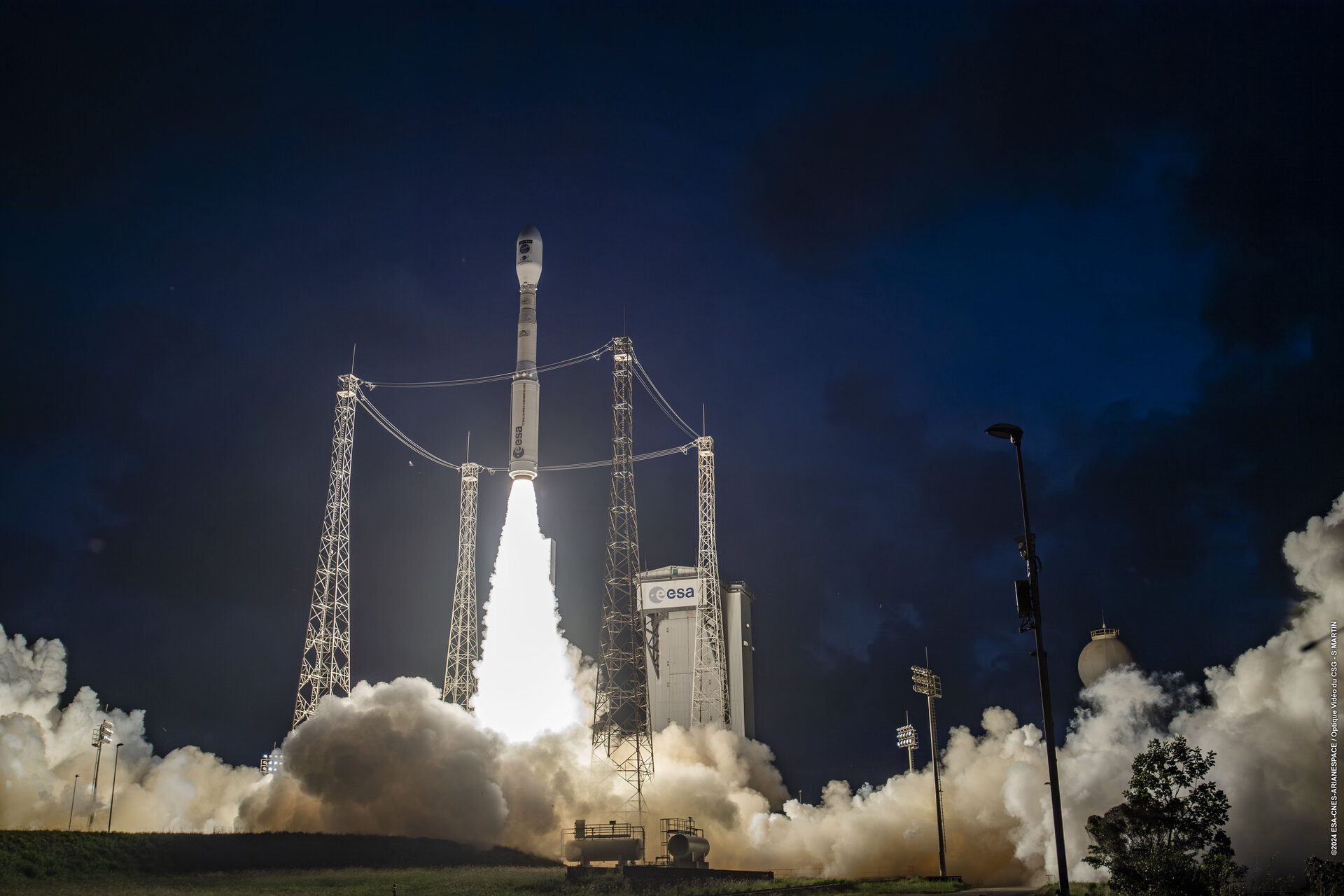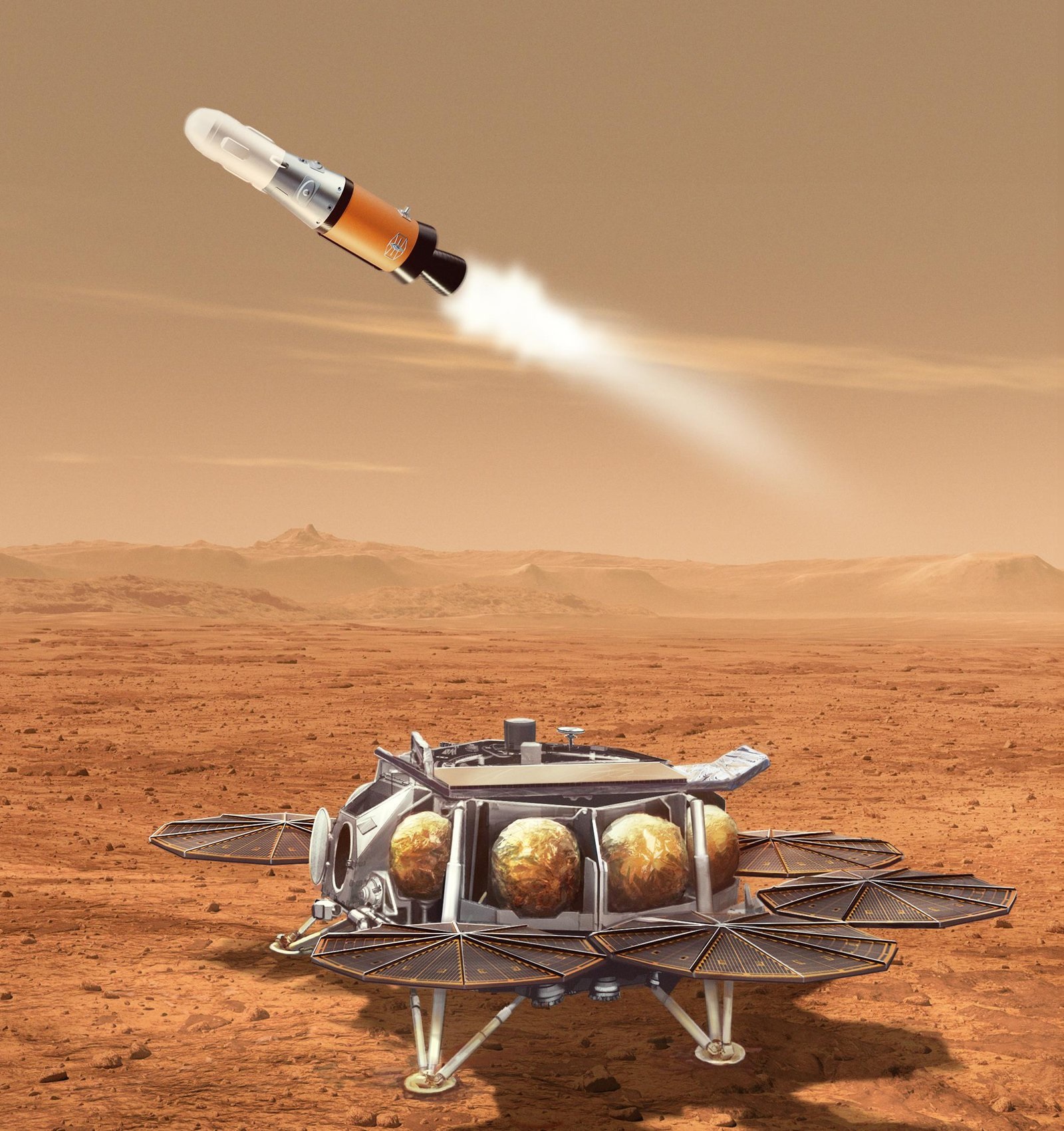It was a packed room yesterday at the annual “Meet the director-general” press conference that ESA has every year
The event is a good chance to get a full picture of the agency’s goals and hear about new programes such as the European Data Relay Satellite Infrastructure, which I had never heard of and apparently could have a role relating to defence. More details on that once I get an interview with its programme manager
But probably of more interest to you all are Jean-Jacque’s comments about Crew Space Transportation System (CSTS); also called Advanced Crew Transportation System at one pointOriginally the Kliper, or Clipper, project that ESA was going to collaborate on it became CSTS after the Russian Federal Space Agency (FSA/Roscosmos) had its showdown with S P Korolev Rocket and Space Corporation Energia. That showdown saw Energia’s then president deposed and Kliper killed off. In its place was born CSTS
FSA head Anatoly Perminov apparently made some less than confident remarks about the future of this ESA/FSA collaboration (I can’t find any internet links to web stories reporting this sadly) in November or December. However the ESA official overseeing this told me in December there were no problems and that the programme was making progress
But in response to Perminov, at the Monday press conference, Dordain is said that he doesn’t know if the ESA member states will fund CSTS. Admittedly the ESA member states’ ministerial conference is in November and that is a long, long way away I can’t help feeling that ESA’s governments have not responded strongly to the proposal and badgered Dordain for CSTS progress reports
It was certainly slow going back when it was Kliper. And when it wasn’t the Energia spaceship the €30 million proposal for a two-year pre-development study was watered down to €16 million and 15-months
Today the same old problem seems to be dogging this whole project, the work share for western European space companies. Dordain repeated yesterday what we had heard before, “ESA doesn’t want to be a small contractor.” So now he talks about looking at a “plan B”, which involves funding from ESA’s member states
I’d like to be more upbeat about this but I fear CSTS is going the same way as the 1990s spaceplane project Hermes and the follow-on Viking capsule and the Crew Transfer Vehicle programmes
When it comes down to it you have to have a very big political and cultural commitment to manned spaceflight to have your own space transportation system. Sadly I can’t even see the member states funding a man-rated Ariane 5 and sticking a resurrected Crew Transfer Vehicle capsule on top
One option could be to work with India, which intends to work with Russia. Just as the Japan Aerospace Exploration Agency was to have been a silent partner of ESA’s for CSTS – as Japan still does not have a peace treaty with Russia – the western Europeans could become India’s junior partner in any project. However this may end up with the same problem as CSTS, not enough work share
But enough of that. What else was said. Well here it is in very abbreviated notation for;
whether or not International Space Station will continue operation beyond 2015 or 2016 (whatever year NASA wants to invoke recently as its possible disengagement date) will be discussed at a heads of space agency meeting to take place in May – to be organised by NASA
By the end of this year Dordain wants an operational plan for the scientific exploitation of the ISS till its demise
On co-operation with China there is a workshop soon here in London, England and ESA is looking at using Chinese recoverable capsules for microgravity experiments
Another workshop will take place today in Brussels about space infrastructrue and ground systems
Surveillance monitoring for debris and space weather is to be investigated with a technology demonstrator along with ground based radars, which are likely to be based in southern Europe. For that read the funding is coming from Spain or Italy or Greece, and maybe France. I think Spain as they lost out on a Galileo control centre
Of the six Cosmic Vision space science missions ESA intends to fly three of them will involve NASA and the other three JAXA
This week GMES, the European Union-led initiative to combine ground and space-based observation for monitoring for the environment and security needs, will progress with ESA finalising its agreement with the European Commission for the programme’s segment one – for the first three spacecraft, Sentinel-1, -2 and -3
That agreement should be approved by the ESA Council of member states at its 15 February meeting
A June ESA Council meeting should approve an agreement with the EC that makes the space agency Galileo’s prime contractor. That will enable ESA to sign contracts with industry by year-end for an operational constellation by 2013
Interestingly Dordain gave no commitment to using “European launchers” for Galileo’s deployment, bywhich he means Arianespace Ariane 5 and Arianespace/Starsem Soyuz 2-1a launched out of Kourou and Sinnamary, French Guiana, respectively
I find it hard to believe it won’t be Arianespace launchers though
This month or in March a deal should be done with Spanish satellite operator Hispasat to operate the Small Geostationary Satellite programme’s spacecraft
Dordain also expects the start of work on the third generation of the Meteosats and progress with improvement work on the ESA/EADS Astrium Ariane 5 rocket
ESA’s Martian rover mission ExoMars continues to change with Dordain talking about strong international involvement and Russia’s Phobos-Grunt probe being used for a data relay and possibly a Russian launcher. Much of which we knew
He also talked about Europe having a significant role in a Mars sample return mission. ESA has one called, Mars Sample Return. We already knew MSR was becoming more international and had slipped into the 2020s
Dordain expects this year proposals to change the way ESA organises its finances and takes its decisons. With unanimity being downgraded apparently in favour of a system that reflects the fact that of ESA’s 17 member states three countries provide two thirds of the funding. Those three being France, Germany and Italy. The agency will also “reflect” on its procurement process as the “industrial reality” in Europe is that only four or five countries actually have the vast bulk of western Europe’s space industry
And finally, Dordain spoke of the ten missions ESA has this year, eight of its own and two in collaboration. They are in no particular order, Atlantis/STS-122 for Columbus, ESA’s Gravity field and steady-state Ocean Circulation Explorer (GOCE), GIOVE-B, Automated Transfer Vehicle, Soil Moisture and Ocean Salinity (SMOS), Proba-2, Herschel, Planck, India’s Chandrayaan-1 and NASA’s Hubble Space Telescope servicing mission STS-125
You can listen to the press conference via this audio recording ot the English simultaneous translation we had
Or you can watch the English translation with video of Dordain’s statement and Q&A session and the French version here and here for the Q&A









